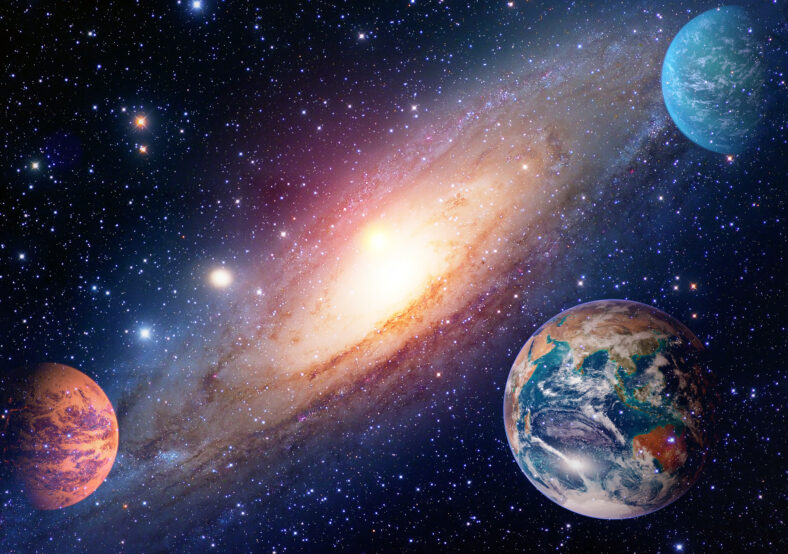Large And Small Planets Are Born From Very Different Circumstances

Large and small planets are born from very different circumstances, according to data from NASA’s now-retired space telescope Kepler. It found that larger planets with non-circular orbits are more likely to have grown in turbulent home systems.
Researchers from the University of California, Los Angeles (UCLA) measured the orbits of thousands of extrasolar planets, or “exoplanets,” ranging in mass from that of Jupiter to Mars.
Smaller planets tended to have more circular orbits, while larger planets have flattened (elliptical) orbits. The team also figured out how planets of different sizes form.
“What we found is that right around the size of Neptune, planets go from being almost always on circular orbits to very often having elliptical orbits,” said Gregory Gilbert, the team leader and researcher from UCLA.
Between 2009 and 2018, Kepler observed around 150,000 stars. It looked for tiny dips in light that are caused when a planet crosses the face of a star. It used this technique, while also gathering the light curves from stars, to uncover thousands of exoplanets.
The analysis revealed the difference between planets with circular orbits and non-circular orbits. There were a greater number of smaller planets than larger ones.
Larger planets formed around stars with elements heavier than hydrogen and helium, such as carbon, oxygen, and iron.
“Small planets are common; large planets are rare. Large planets need metal-rich stars in order to form; small planets do not,” said Gilbert. “Small planets have low eccentricities, and large planets have large eccentricities.”
The findings suggest there are two pathways for planets to form, one followed by larger planets and one followed by smaller planets.

Sign up for Chip Chick’s newsletter and get stories like this delivered to your inbox.
Currently, scientists theorize that planets are born in protoplanetary disks, which are doughnut-shaped clouds of gas and dust.
Protoplanetary disks surround infant stars. As larger fragments within the disks fuse together, worlds are formed. The process could lead to the formation of a terrestrial planet about the size and mass of Earth.
But if a large planetary core around 10 times the mass of our planet is formed, it can accumulate gas, producing a gas giant like Jupiter or Saturn.
Planets larger than Neptune are thought to be relatively rare because it takes a lot to accumulate enough gas to reach that size. Larger planets occur more frequently around stars enriched with metals.
According to the scientists, it is likely that large planets with eccentric orbits experience more chaotic formation processes, resulting in more collisions and mergers between planets larger than Earth, which in turn, create larger planets.
The Kepler telescope was named after Johannes Kepler, who was the first scientist to recognize that the planets in our solar system moved in slightly elliptical orbits four centuries ago. His discovery showed that the sun was at the center of the solar system, not the Earth.
The research was published in PNAS.
More About:News